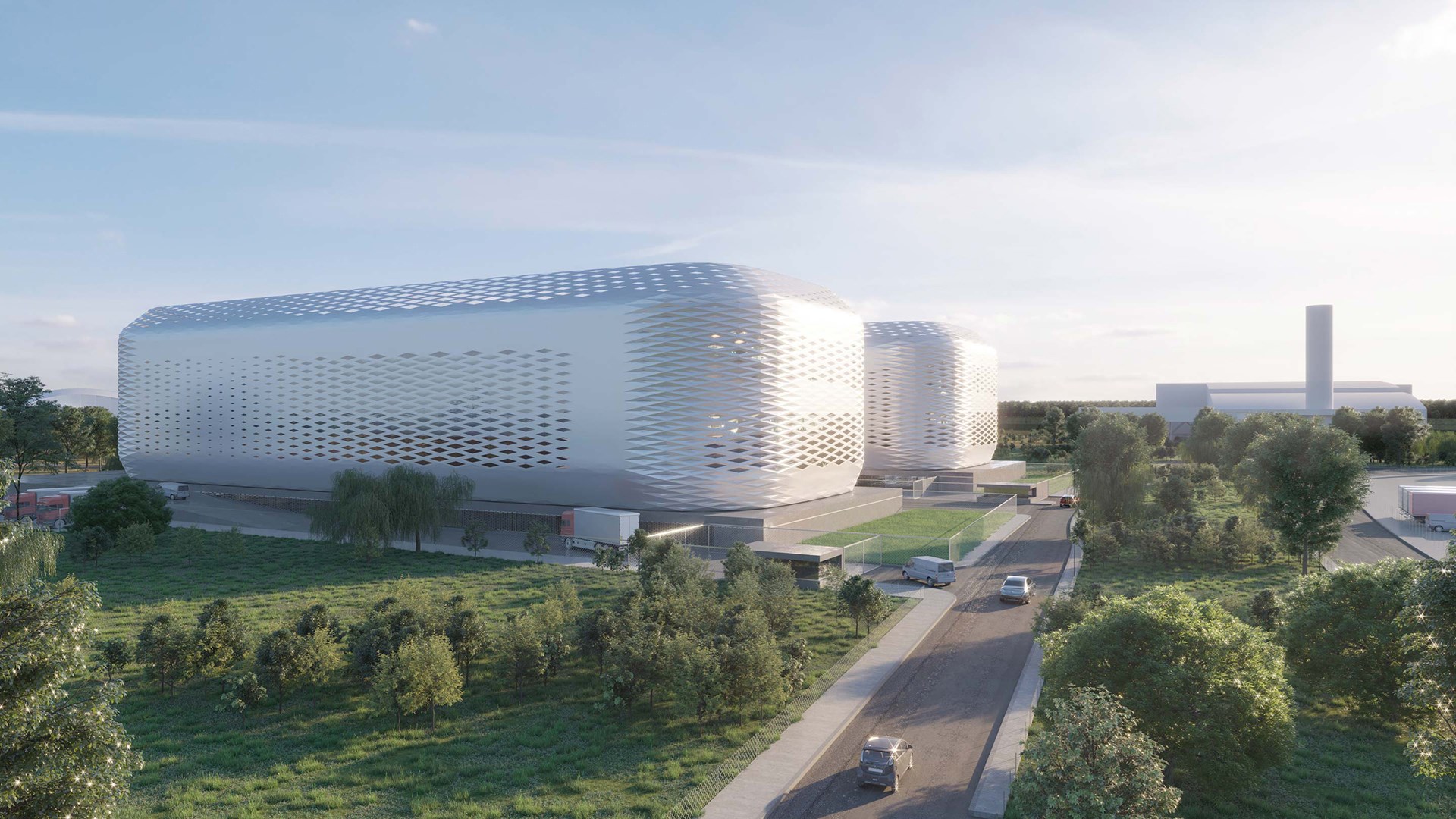Mechanical and Electrical (M&E) are typically the lead consultants in complex data centre projects, due to their very MEP nature. But as clients recognise the cost-cutting (and generating) power of the architect’s perspective, their role is changing and responsibility growing.
Nowadays, architects are expected to take the lead on projects and be the lead coordinator for structural & civil engineers and M&E engineers. For instance, a large hyperscale client delivering a 32MW project might typically employ a consultant team of ten to fifteen people with three to four architects full time for six to eight months, and employ two to three full time on-site during delivery.
Will himself advises project owners on how to improve facility safety and functionality, expedite construction schedules and challenge cost plans. His recommendations are guided by the principle of “holistic efficiency”, incorporating energy, spatial and user efficiency.
To deliver these goals, Will leverages project design analytics and digital technologies, tools that are also changing the notional understanding of the data centre architect.
Digital twins are a relatively new approach that use building information modelling (BIM) as a delivery method. The industry typically uses Revit to produce an accurate model containing essential information such as safety and performance.
If, say, a wall adjustment or a rack addition is being considered, the change can be reflected and its effects simulated within the software. BIM even goes into such granular detail as individual cable placement, and equipment maintenance requirements, predictive maintenance and lifespans.
Big data-fed digital twins are thus a valuable tool in three respects: At the design stage (to optimise space and coordinate the design), at the operational stage (to help operators clearly visualise — and thus optimise — performance) and for predictive maintenance.
As operators gradually realise the power of digital twins, not only are they increasingly calling upon engineers and architects to forge sophisticated digital designs, but also are more frequently consulting them throughout the lifecycle.





